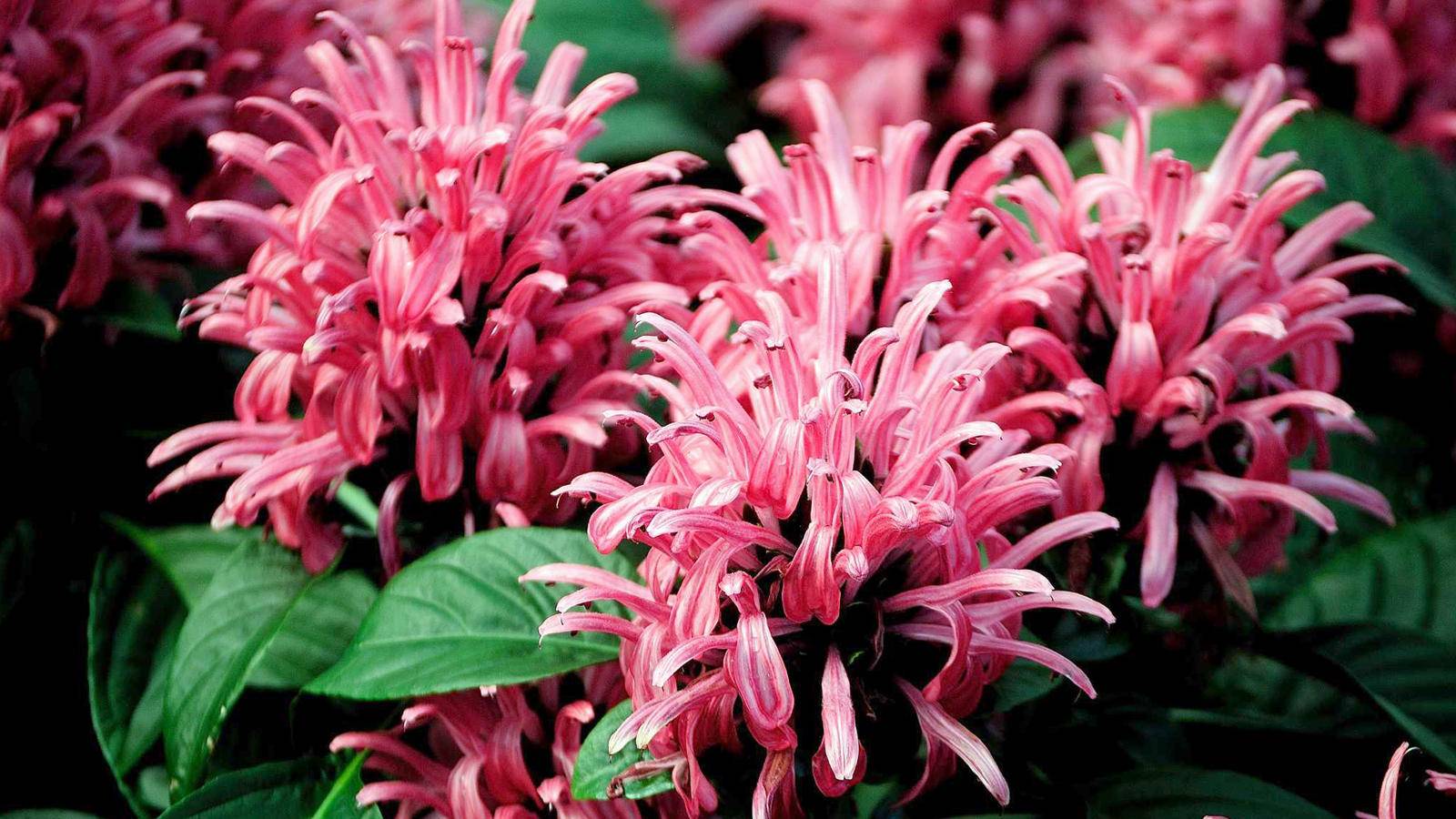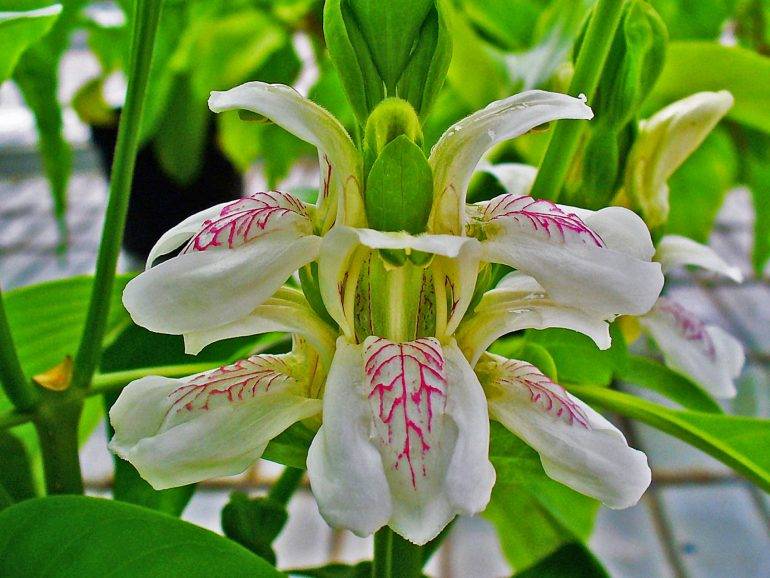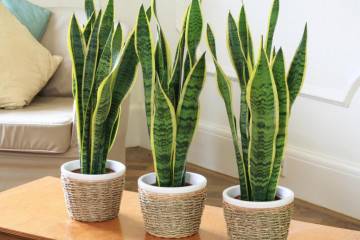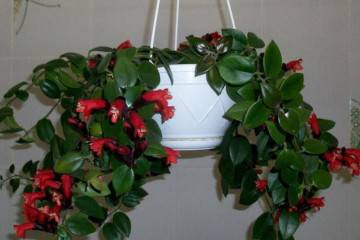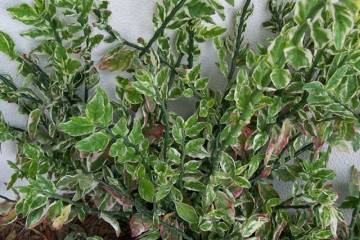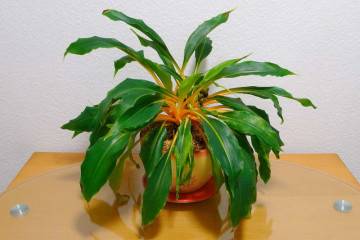Jacobinia flower - description of the plant, reproduction and care
Content:
Jacobinia is an unusual, beautifully flowering plant. Latin America is considered the birthplace of the flower. It is easy to grow indoors as it does not require much care. In addition, there is a belief that Jacobinia promotes harmony in the home.
Botanical description of the flower
The main stem of the plant is straight, but it can be branched, lignified. The foliage is a rich emerald hue. The leaves are glossy to the touch, oval-elongated. Large inflorescences are like candles. They consist of a large number of long, light pink, scarlet or orange petals. The flowering period is 2 weeks.
Types and popular varieties
There are about 50 species of Jacobinia, but about 10 varieties are widespread:
- Small-flowered or few-flowered Jacobinia grows up to 55-57 cm. Branched bush. Leaves are oval. Small inflorescences have a yellow-orange color. A popular variety of this species is Jacobinia Anita (lat.Jacobinia Anita). Another variety with small flowers is the indoor Jacobinia Nodoza.
- The yellow Jacobinia grows up to 1 m in height. The flowers have a lemon shade.
- Pink grows up to 1 m. Leaves up to 20-23 cm long. Inflorescences are pale pinkish. The second name for Jacobinia pink is meat-red.
- Brandege. Height up to 1 m, white flowers.
- Vascular is a compact bush. Inflorescences of a light crimson shade spike-shaped.
Care features
It should be borne in mind when growing a Jacobinia flower, care at home for it should be regular. The plant prefers a temperature of + 20-25 degrees and diffused sunlight.
Note! In winter, the flower should be provided with 3-4 hours of direct sunlight, the temperature can be reduced to +18.
In summer, the Jacobinia flower prefers abundant watering; in winter, the amount of irrigation must be reduced. Overdrying and waterlogging of the soil must not be allowed. Home care also involves regular spraying in the summer. The humidity level in the room must be at least 70%.
During the period of bud formation and blooming, top dressing is applied every 10 days. It is better to combine them with watering. During the dormant period, fertilize is stopped and watering is reduced.
When the pot becomes small for the root system, the plant should be transplanted into a larger container. The soil can be any, but it is better to use humus soil.
Note! After the plant reaches a height of 20-25 cm, pruning begins.
How Jacobinia reproduces
There are two methods of propagation: germinating seeds and rooting cuttings.
Description of the seed method:
- Fill containers with soil.
- Plant the seeds.
- Drizzle with water and cover the containers with a plastic bag.
- Water regularly.
- When the sprouts sprout, the package must be removed.
Important! The optimal time for sowing seeds is late February-early March.
Description of the propagation method by cuttings:
- You can use lignified apical stems.
- Peat soil is used for rooting.
- The stalk should be 7-10 cm long and with two internodes.
- When the cutting takes root, it can be transplanted to a permanent place and looked after, observing the basic rules of agricultural technology.
Possible growing problems
As a rule, most problems arise from improper care or lack of it. Growing problems:
- The appearance of pests (fungicides are used for destruction).
- Diseases.
- Improper watering.
- Lack or excess of nutrients.
- Incorrectly selected pot.
The culture can be classified as exotic plants. Jacobinia is not often found in a flower shop. But the search for this plant and its cultivation will be rewarded with a very beautiful flowering.
